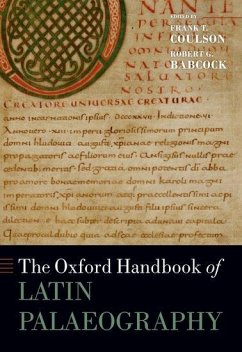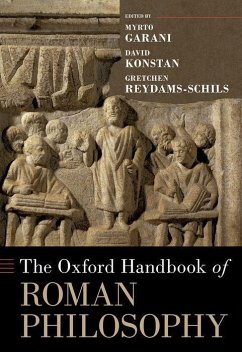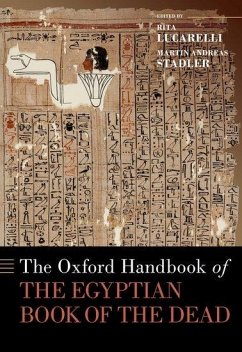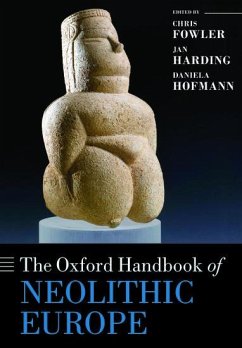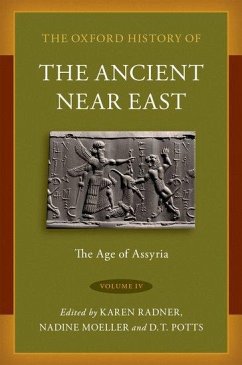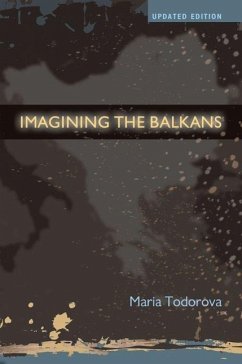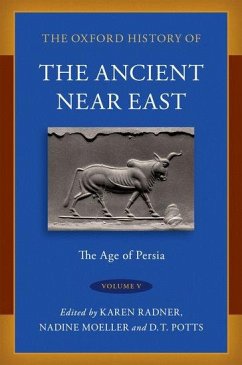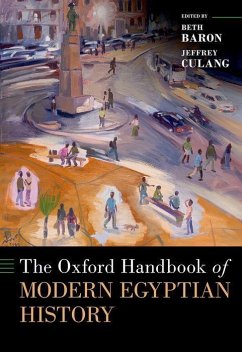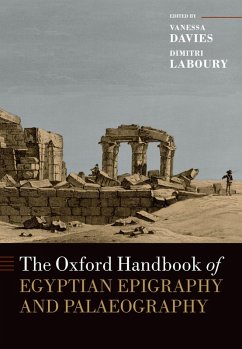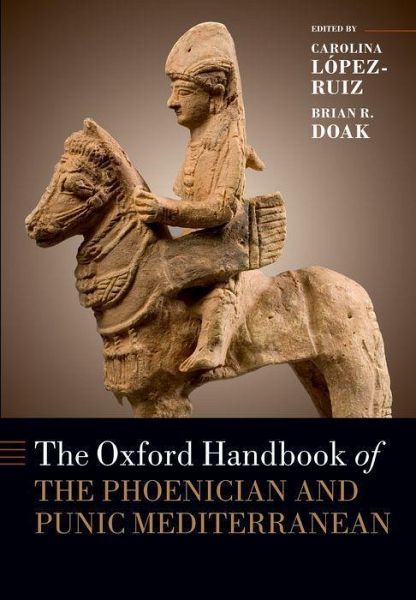
Broschiertes Buch
The Oxford Handbook of the Phoenician and Punic Mediterranean
Versandkostenfrei!
Versandfertig in über 4 Wochen

PAYBACK Punkte
29 °P sammeln!




The Phoenicians created the Mediterranean world as we know it--yet they remain a poorly understood group. In this Handbook, the first of its kind in English, readers will find expert essays covering the history, culture, and areas of settlement throughout the Phoenician and Punic world.
Carolina López-Ruiz is Professor at the University of Chicago Divinity School and Department of Classics. She is the author of Phoenicians and the Making of the Mediterranean, for which she received the support of the National Endowment of the Humanities. Her previous books include Tartessos and the Phoenicians in Iberia, When the Gods Were Born: Greek Cosmogonies and the Near East, and Colonial Encounters in Ancient Iberia: Phoenician, Greek, and Indigenous Relations (co-edited with M. Dietler). Some of her books have been translated into Turkish and Spanish. Brian R. Doak is Professor of Biblical Studies and Faculty Fellow in the William Penn Honors Program at George Fox University, just outside of Portland, Oregon. He is the recipient of the Aviram Prize for archaeological research as well as the George Fox University Undergraduate Researcher of the Year. He is the author of several books, including Phoenician Aniconism in its Mediterranean and Ancient Near Eastern Contexts , Ancient Israel's Neighbors, and Heroic Bodies in Ancient Israel.
Produktdetails
- OXFORD HANDBOOKS SERIES
- Verlag: Oxford University Press Inc
- Seitenzahl: 800
- Erscheinungstermin: 19. August 2022
- Englisch
- Abmessung: 246mm x 171mm x 27mm
- Gewicht: 1050g
- ISBN-13: 9780197654422
- ISBN-10: 0197654428
- Artikelnr.: 65170672
Herstellerkennzeichnung
Libri GmbH
Europaallee 1
36244 Bad Hersfeld
gpsr@libri.de
Für dieses Produkt wurde noch keine Bewertung abgegeben. Wir würden uns sehr freuen, wenn du die erste Bewertung schreibst!
Eine Bewertung schreiben
Eine Bewertung schreiben
Andere Kunden interessierten sich für


